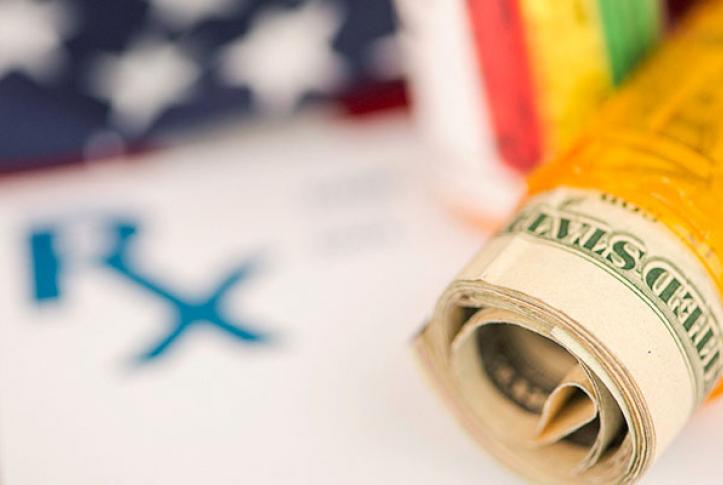As Congress grapples with an evolving impeachment inquiry, lawmakers have remained focused on lowering prescription drug costs. In December, the House passed the Elijah E. Cummings Lower Drug Costs Now Act (H.R. 3) by a 230–192 vote, largely along party lines with no Democratic defections. House Democratic leaders successfully assuaged grumblings from the Congressional Progressive Caucus that H.R. 3 did not go far enough by doubling the minimum number of drugs subject to price negotiation, among other policy changes.
Meanwhile, in an attempt to gain more Republican support, Senate Finance Committee (SFC) Chairman Chuck Grassley (R–Iowa) released a revised version of the bipartisan Prescription Drug Pricing Reduction Act of 2019 (S. 2543). The bill includes some pharmaceutical industry–friendly modifications to the redesign of Medicare Part D — including lowering the cost burden on drug manufacturers during the initial coverage and catastrophic phases. It also maintains the Medicare Part B and D inflation rebates, highly criticized by Republicans but welcomed by Democrats.
Overall, the respective revisions of H.R. 3 and S. 2543 demonstrate each chamber’s attempt by leadership to appease its caucus, rather than reach a bicameral solution. A core issue, for example, is drug price negotiations. While Senate Majority Leader Mitch McConnell (R–Ky.) has characterized the practice as “socialist price controls,” House Democrats have expanded the number of drugs subject to negotiation in H.R. 3. Though lauded by the more progressive wing of the Democratic party in the House, this further solidified the legislation a nonstarter in the Senate. Still, the competing yet overlapping proposals offer, at a minimum, some common ground for a compromise in terms of Medicare Part B and D inflation rebates, as well as Medicare Part D redesign.
White House officials have indicated that President Trump would sign the SFC bill into law, but Majority Leader McConnell refrained from scheduling a vote prior to the holidays. In order to help ensure floor action on meaningful legislation addressing prescription drug prices, among other priority issues, lawmakers agreed to temporarily fund several “health care extenders” (e.g., community health centers, National Quality Forum) through May 22, 2020, in a year-end spending deal (H.R. 1865). This strategy provides a legislative vehicle on which such contentious bills could hitch a ride in the spring, making it still possible for Congress to “finally make good on a promise,” as stated by SFC Chairman Grassley, to lower prescription drug prices. Unsurprisingly, substantial prescription drug pricing reforms will remain a marquee issue on Capitol Hill and the campaign trail in 2020.


